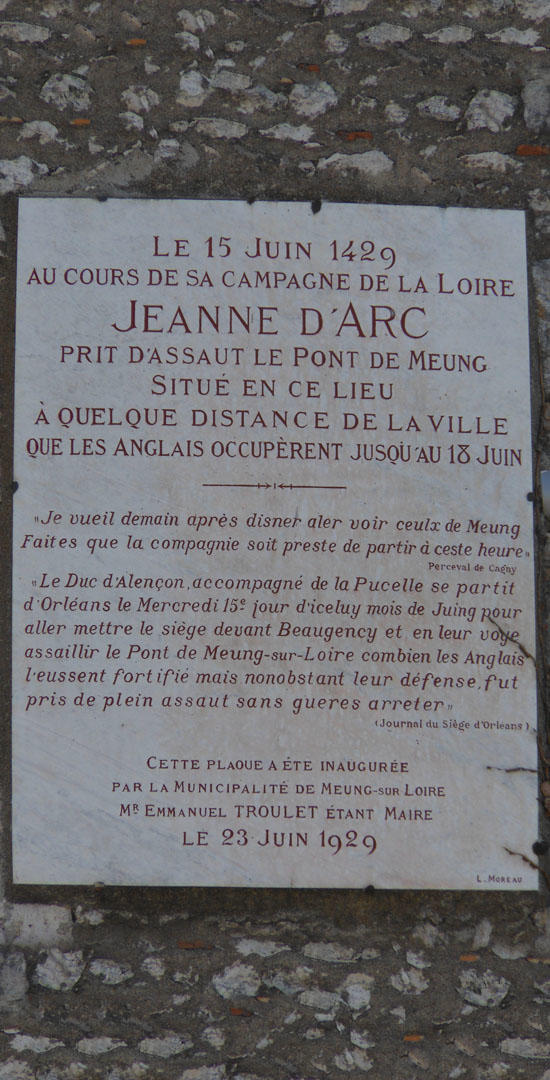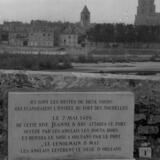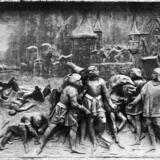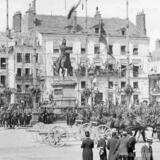- Home
- Know
- A la carte
- Orléans - Blois
- The town of Orléans
- Joan of Arc and the Loire
Joan of Arc and the Loire
Published on 17 May 2017 - Updated 16 November 2018

Joan of Arc, a shepherdess who came from Lorraine to the Loire Valley where she became a warrior, is a national historic icon.
During the Hundred Years’ War the northern part of the country was in the hands of the English so the coronation of the King was no longer possible. The Loire Valley was used as a refuge and headquarters by the French monarchs as the capital had been lost. Coming from Domremy, Joan of Arc arrived at Gien in March 1429, before then riding along the River Loire. She met the dauphin (the heir apparent to the French throne), Charles, at Chinon on 6th March, and the visionary young woman revealed her mission. On 30th March she was in Tours where she was armed before joining the royal troops at Blois.
She entered Orléans which had been under siege from the English since the previous October. One by one the surrounding English forces were taken, the Bastille des Tourelles in front of the bridge giving access to the town yielded on 8th May. Joan met with the dauphin Charles again at Loches after passing through Cléry-Saint-André and Tours. She then helped to recapture the towns of Jargeau, Meung-sur-Loire and Beaugency in quick succession, assisting in the Battle of Patay on 18th May from where she rejoined the King at Sully. The coronation of Charles VII took place on 17th July in Reims. Joan of Arc was captured in Compiègne on 23th May 1430 and executed in Rouen on 30th May 1431.
In the Loire Valley the places marked by her journey commemorate her passage. The city of Orléans has celebrated the lifting of its siege every year, for nearly 600 years, with the fêtes johanniques in celebration of Joan of Arc.





![Nouvelles Renaissance(s] 2023](/var/storage/images/val-de-loire-refonte/dossier-de-parametrage/pied-de-page/nouvelles-renaissance-s-2023/517479-13-fre-FR/Nouvelles-Renaissance-s-2023_image_largeur220.png)


 Lettre d'information
Lettre d'information
 Facebook
Facebook
 Flickr
Flickr
 Podcloud
Podcloud
 Dailymotion
Dailymotion
 Box
Box
 Slideshare
Slideshare
 Diigo
Diigo

